It might be shocking to hear that a film so beloved by audiences came close to not being made. Forrest Gump actually went through several re-writes before it actually came a reality. Many producers felt that the concept of the film was too similar to that of award winning film Rain Man.
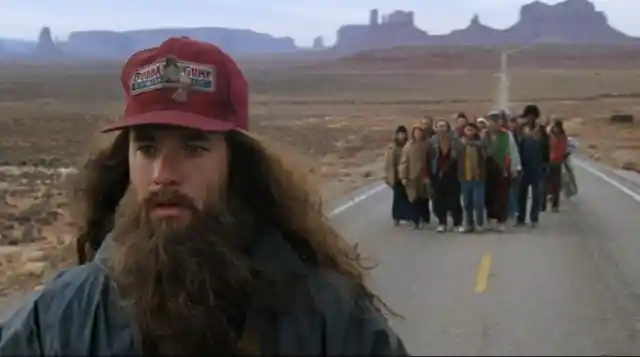
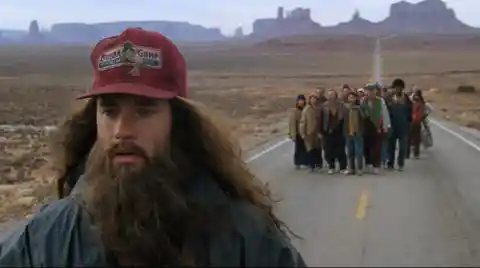
Luckily, Paramount Pictures bought the rights to the film and put a beautiful script together along with an even better cast. The film was hailed as one of the greatest American Films of all time and made record breaking profits in the box office. However, although this is said to be true, it's been said the film still hasn't earned back it's profits? Think that's a very weird fact about the critically acclaimed film? Well here's a ton more of weird facts about Forrest Gump that even if you've seen the film a billion times, you still wouldn't know them.
The Big Irony
Strangely Enough, Paramount Studios, which made the film states that although they sold more than $660 million in tickets worldwide, the film has not yet earned back all the money the studio spent making and marketing it.
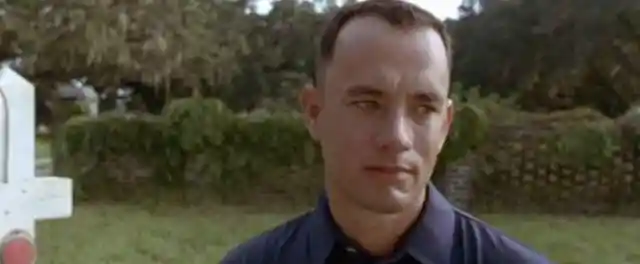
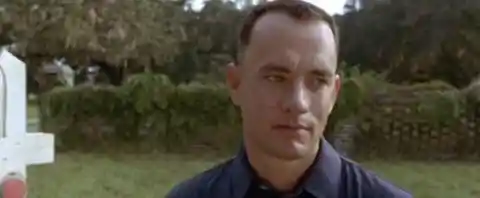
The film is the 26th-highest-grossing film of all time in Canada, and the United States.
Swinging at Nothing
During the Ping-Pong matches, there was no ball used. It was purely computer generated imagery.
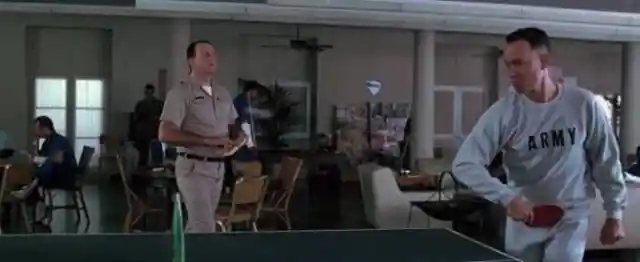
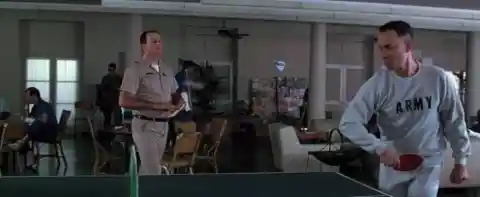
The balls were animated to meet with the actor's paddles, so the actors were basically swinging at nothing for the entirety of the ping pong scenes.
Hank’s Lucky Break
John Travolta, Bill Murray and Chevy Chase all turned down the role of Forrest Gump. They were among the first people to be approached to act in the movie.
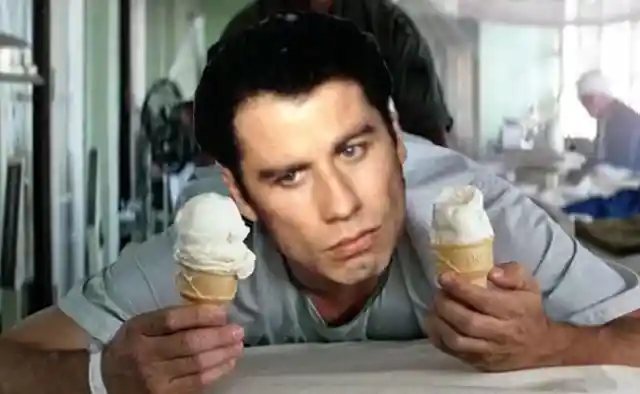
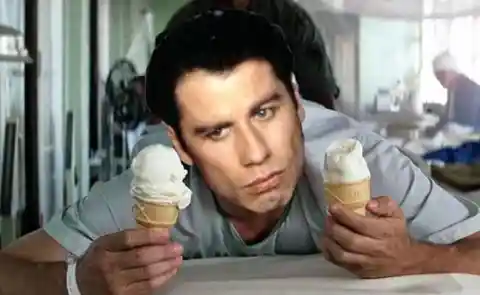
However, none of them accepted the accept the offer of which they surely regretted later on due to it's success. Tom Hanks signed onto the film about an hour and a half of reading the script and agreed to take on the role only on the condition that the film was historically accurate.
A Very Motherly Makeover
Although Sally Fields played Tom Hank's mom in the film, she was only 10 years older than Hanks.
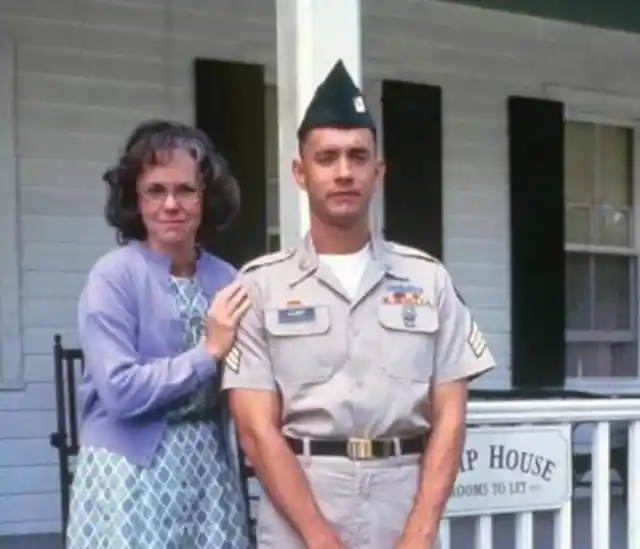
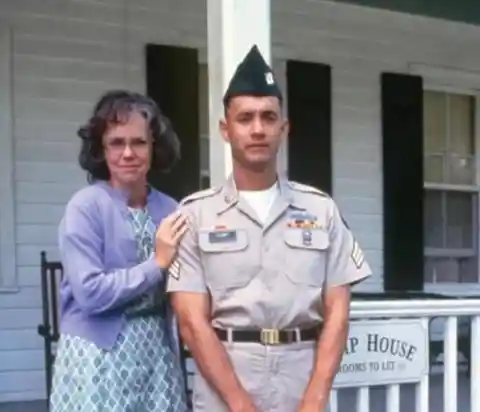
It's obvious the makeup team for the film definitely knew what they were doing, and Fields certainly looked a lot older than her co-star.
The Big Risk for the Big Screen
The role of Forrest Gump was so crucial to Tom Hanks career because this role gave him an opportunity to transition from being a comedic actor to a dramatic actor.
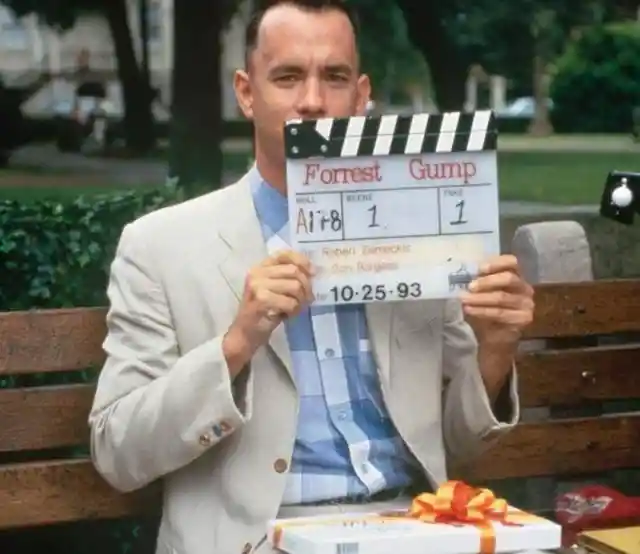
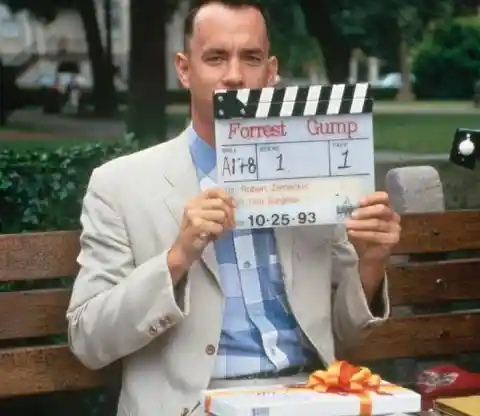
Unfortunately, he didn't get paid for his part. Although the film grossed around $677 million, Tom only accepted percentage points for the film. This only earned him around $40 million.
Gump’s Signature Shirt
Before Forrest Gump ran into each new stage in his life, he is seen wearing a blue checkered shirt.
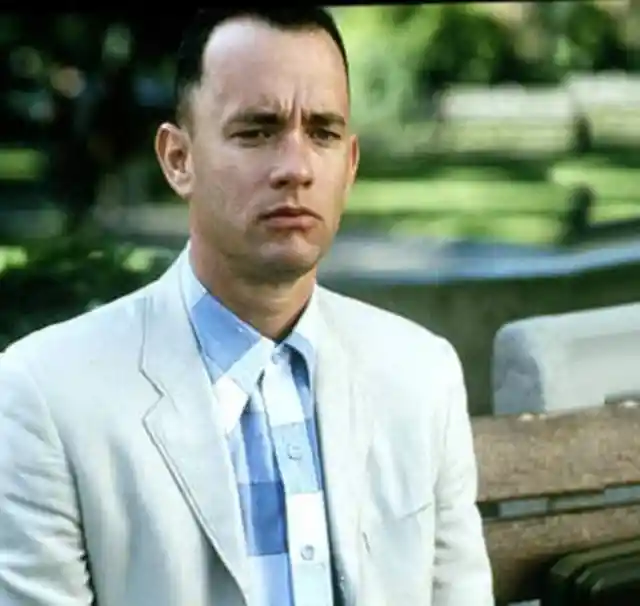
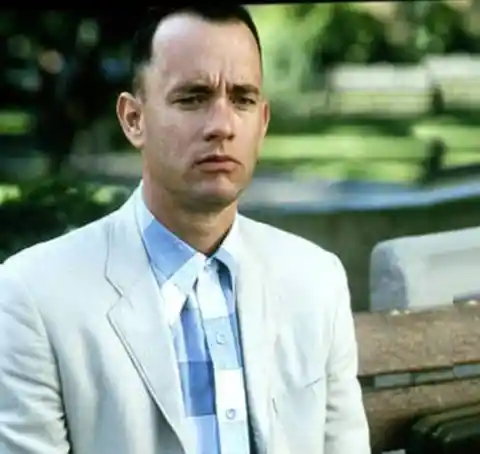
Whether this was a coincidence or done on purpose, is still up for debate. However, the shirt symbolizes Forrest's fate as he ages through life.
Don’t Bat An Eyelid!
Almost every photo that is taken of Forrest throughout the movie shows him with his eyes closed.
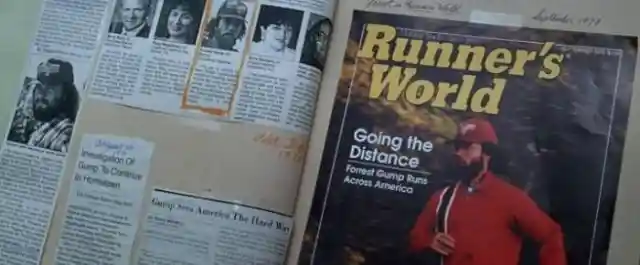
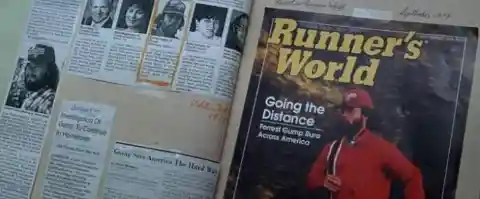
However, when Forrest first learns to play ping-pong in the infirmary, he is told the trick is to "keep his eye on the ball" by another soldier. After that moment, whenever he is shown playing ping-pong, he never blinks.
Wright’s Winning Role
Wright was nominated for both a Screen Actors Guild Award and a Golden Globe for her role as Jenny in 1994’s beloved Forrest Gump.
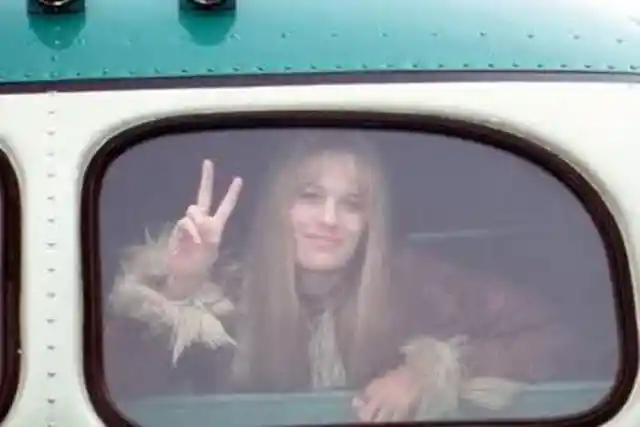
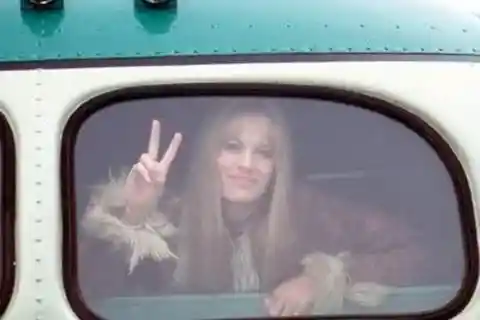
It was also rumored that Jodie Foster, Nicole Kidman, and Demi Moore turned down the role of Jenny in the film. Something, they're probably kicking themselves for now.
A Family Affair
In many of Tom Hanks’ running sequences, his younger brother Jim Hanks is said to have doubled for him.
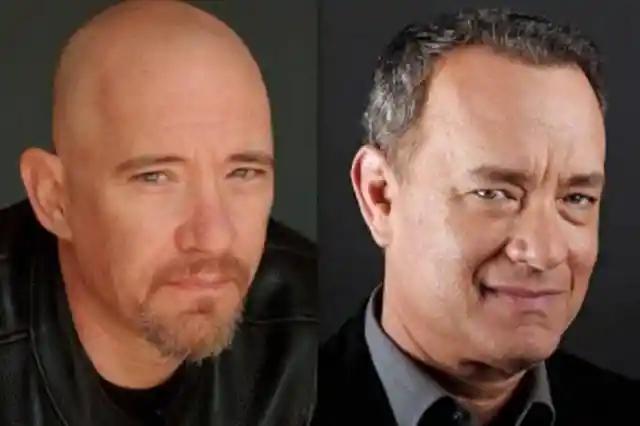
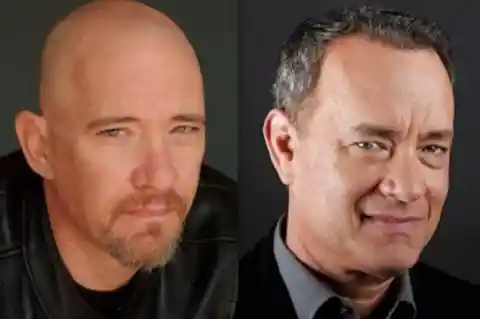
This is surprising because they don’t necessarily look alike, but it wouldn't matter in the running sequence because Forrest Gump's face was covered with a large amount of facial hair.
Hanks’ Muffled Message
During the Vietnam rally that was held in Washington, Tom Hanks’ microphone was not audible, due to the microphones wire being cut by a police officer.
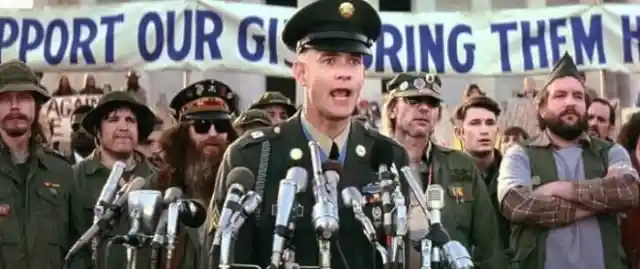
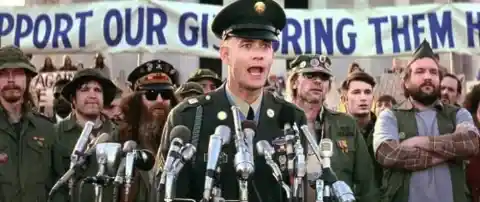
These are the exact words he said: “Sometimes when people go to Vietnam, they go home to their mommas without any legs. Sometimes they don’t go home at all. That’s a bad thing. That’s all I have to say about that.”
An Epic Line
Tom Hanks ad-libbed the line “My name is Forrest Gump. People call me Forrest Gump,” and it turned out to be a line used in the film.
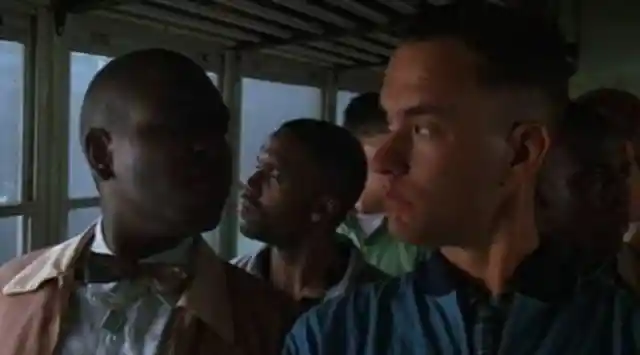
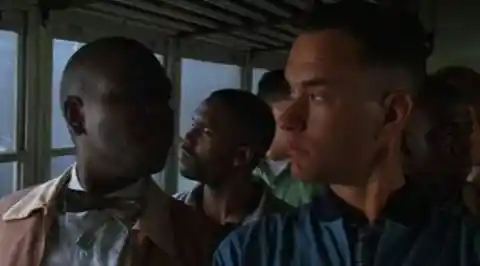
Tom Hanks ad-libbed the line “My name is Forrest Gump. People call me Forrest Gump,” and it turned out to be a line used in the film. It stayed in the final cut of the film because the film's director, Robert Zemeckis, loved it so much, and it turned out to be one of the most noted quotes in the film.
From Reporter to Rising Star
When Tom Hanks visited Washington DC after his visit from Vietnam, there was a scene with a reporter asking Forrest some questions.
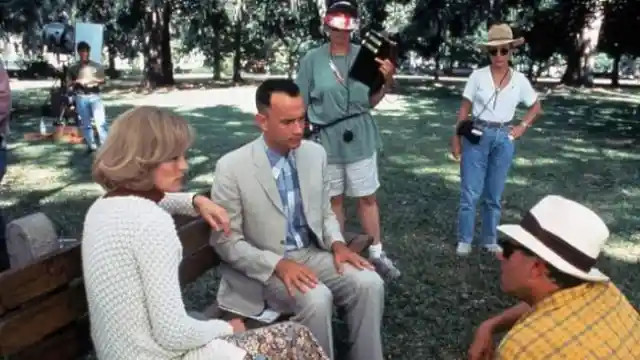
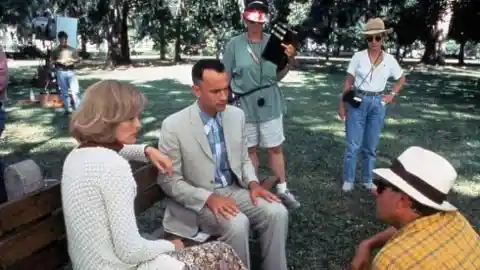
The reporter in the actual scene was not an actor, he was a tourist who was visiting DC together with his wife. He was just given the script and asked to read, he did so well they decided to cast him in the film.
The “No Leg” Effect
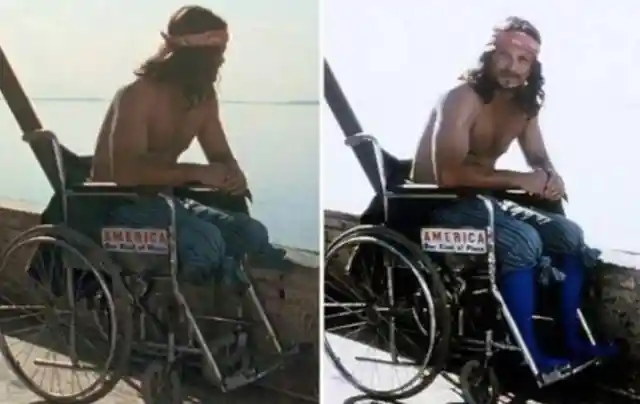
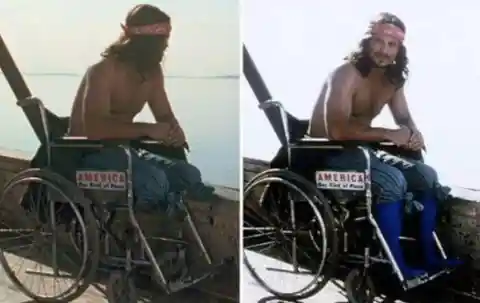
In the scene where Gary Sinise had no legs, a distinctive blue fabric had been covered on his legs, which made it easy to digitally remove them later on with CGI.
Borrowed Moment
Gump's Medal of Honor ceremony uses the footage of the actual ceremony for Sammy L. Davis, who was awarded the Medal of Honor on November 19th, 1968 by President Lyndon Johnson for his actions in Vietnam a year earlier.
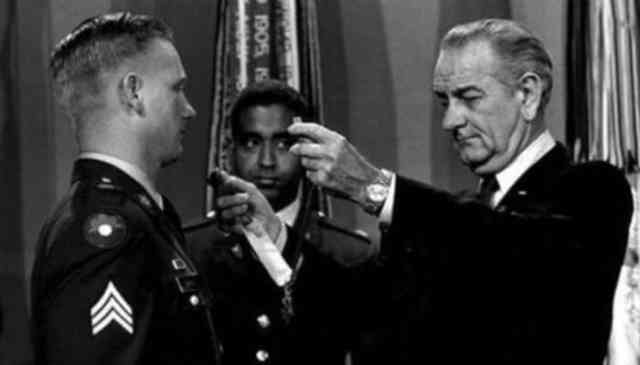
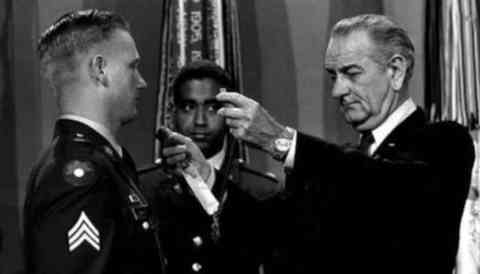
All they did was superimpose Tom Hanks' head on Davis' body.
The Casting Call Regret
Mykelti Williamson acted as Bubba who was Forrest’s friend, whom he met after joining the army. This role had been offered to Ice Cube and Dave Chappelle, who turned it down.
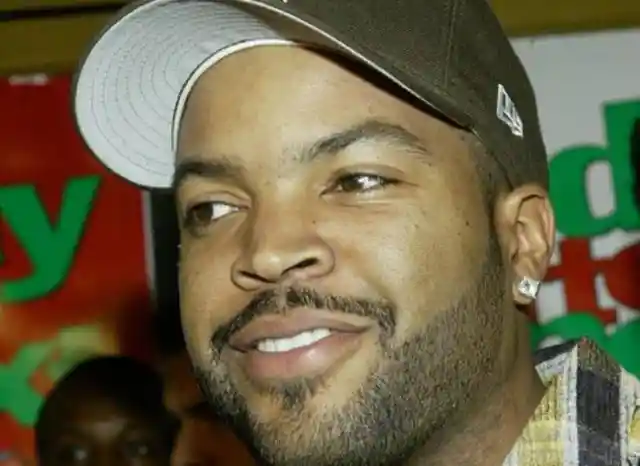
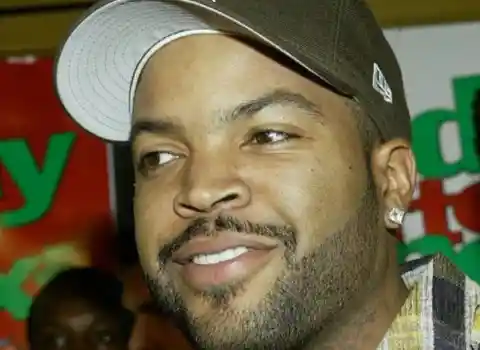
They, later on, acknowledged that they thought the film was a joke and it was bound to fail, but when it succeeded, they regretted not accepting the role.
Unrecognized Cameo
Elvis Presley's voice and singing was provided by Kurt Russell. According to some sources, Kurt Russell was never recognized for the voice he provided for the film.
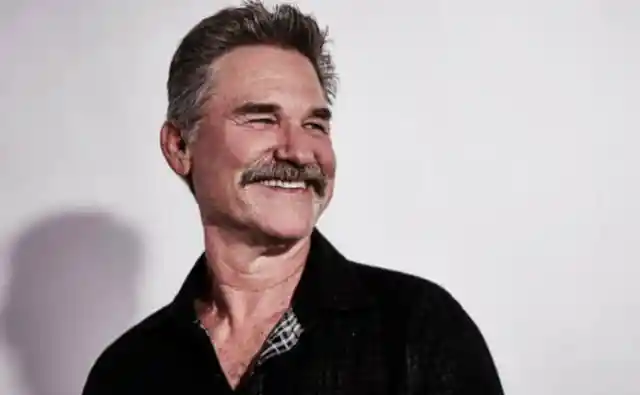
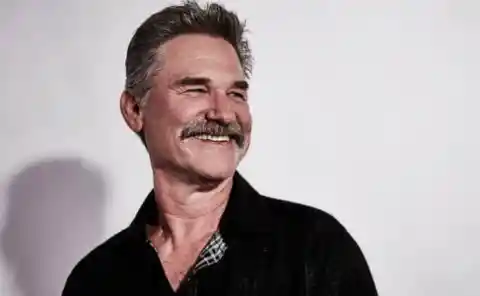
He had actually been reprising his role from Elvis in which he played the King of Rock and Roll in 1979.
The Truth Behind This Scene
The famous running scene in the film was actually inspired by an actual event. In 1982, Louis Michael Figueroa, aged 16, ran from New Jersey to San Francisco for the American Cancer Society and he inspired Forrest Gump's famous line from this scene.
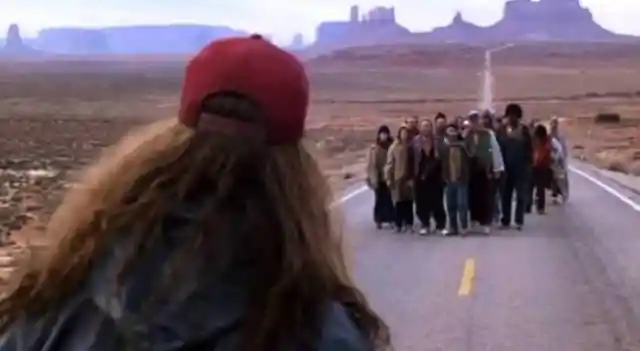
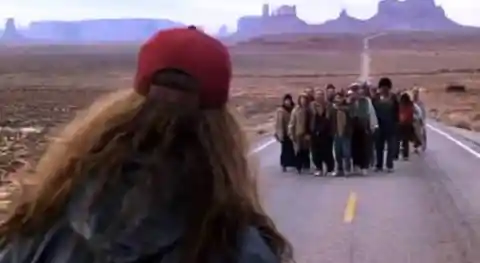
The quote goes, "I just put one foot in front of the other," "When I get tired I sleep. When I get hungry I eat. When I have to go to the bathroom, I go."
A True Professional
While shooting the nightclub scene, Robin Wright had come down with a severe cold.
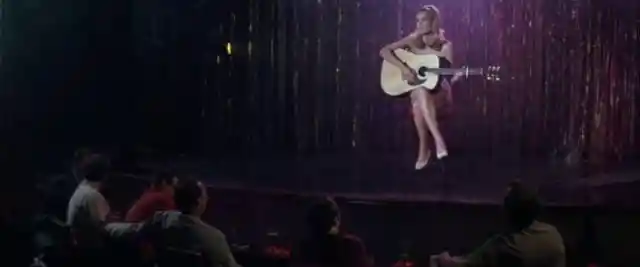
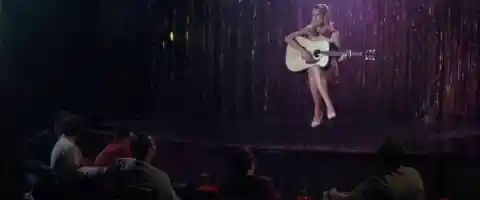
In spite of this, she was still able to perform her own singing during the twenty-four-hour shoot in which she was nearly nude except for her guitar.
"Run Forrest, Run!"
Tom Hanks unfortunately came down with influenza while shooting the football field running scene.
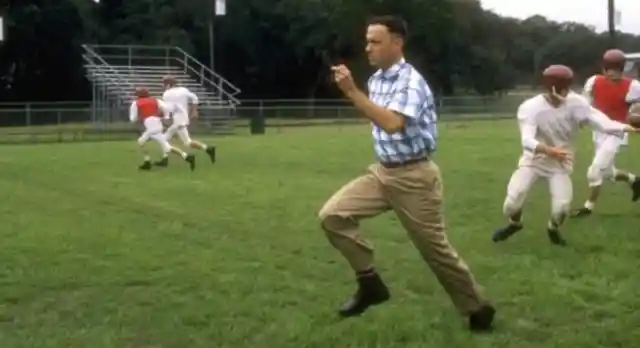
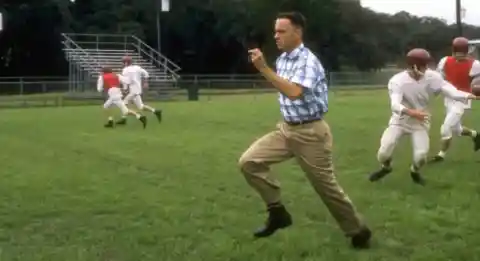
Although he was sick, he persisted with the filming of the scene. Guess they don't say "Run Forrest, Run" for nothing.
Rockwell's Influence
It was believed that no many painters in history could capture the essence of America better than Norman Rockwell. The film takes place within the fictional town of Greenbow, Alabama, while in the novel Forrest grows up in Mobile, Alabama.
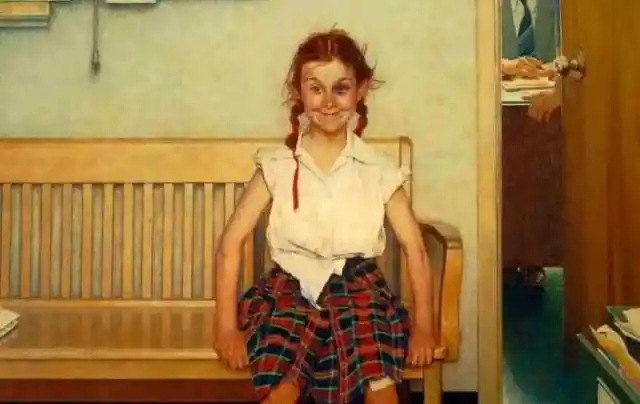
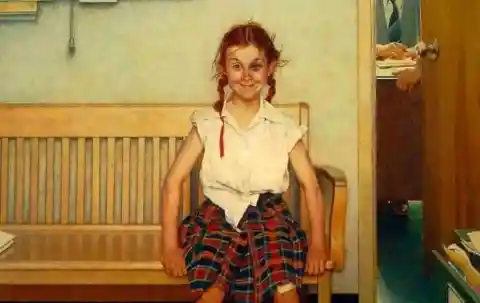
The scenes of Forrest's childhood that were shot in South Carolina had a very small town feel, which was similar to Rockwell's work. Zemeckils revealed he used Rockwell's art as a guide in creating Greenbow. The scene in the film when young Forrest is sitting outside the principal's office waiting to see the principal was inspired by Rockwell's "The Young Lady with the Shiner."
The Bench That Became Famous
The bench that Tom Hanks sat on for a good portion of the movie was located in Savannah, Georgia at Chippewa Square. The fiberglass bench he sat on, since then has been removed and placed into a museum in order to avoid being destroyed by bad weather or stolen.
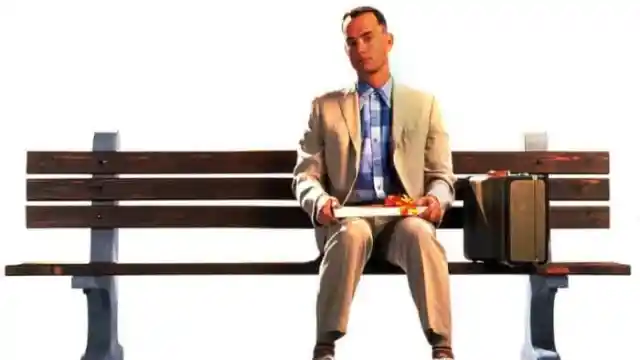
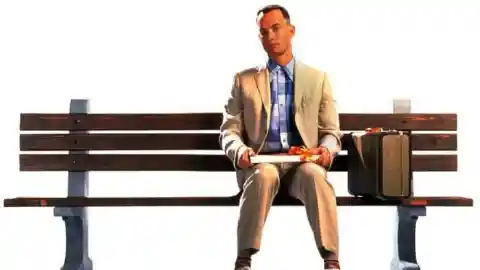
The church where the feather first falls was 100 yards down the street from the bench. To this day, the bench is held in the Savannah History Museum, Savannah Georgia.
A Different Gump and an Author’s Loss
The film differs extensively from the original version of the novel. This is in terms of both character and turn of events. For example, in the film Gump is often naive and reflexive, unlike in the novel.
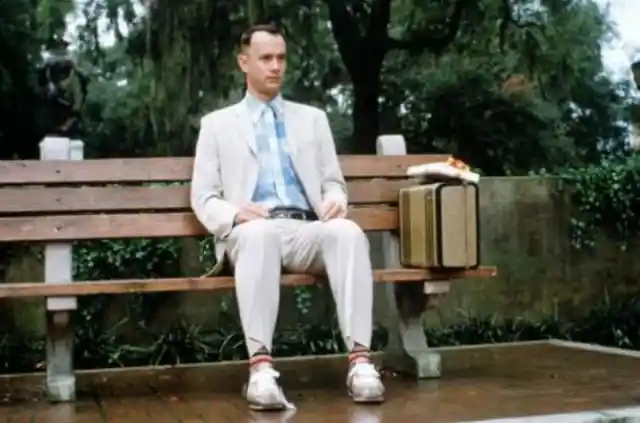
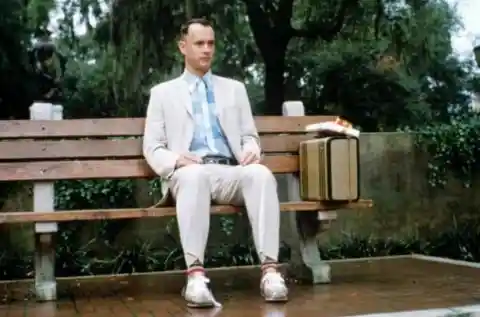
Winston Groom, the author of the original Forrest Gump book, ended up not receiving a single cent in royalties for the money the film made due to Hollywood Accounting.
What You Didn't Know About The Bus Scene
When a young Forrest tries to find a seat on the bus, one of the girls who denies him on the bus is Tom Hanks' daughter, Elizabeth Hanks.

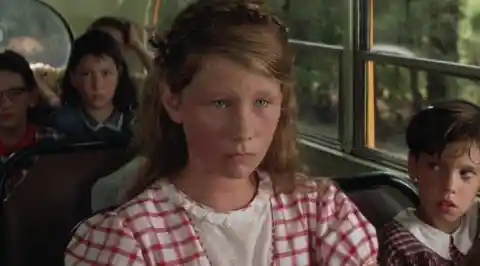
The first boy seen in this scene is Alexander Zemeckis, director Robert Zemeckis' son.
The Gumpverse
After the success story of the Forrest Gump movie, the author of the novel "Forrest Gump", Winston Groom, decided to write another novel that focuses on the result of the movie. The novel was called Gump & Co.
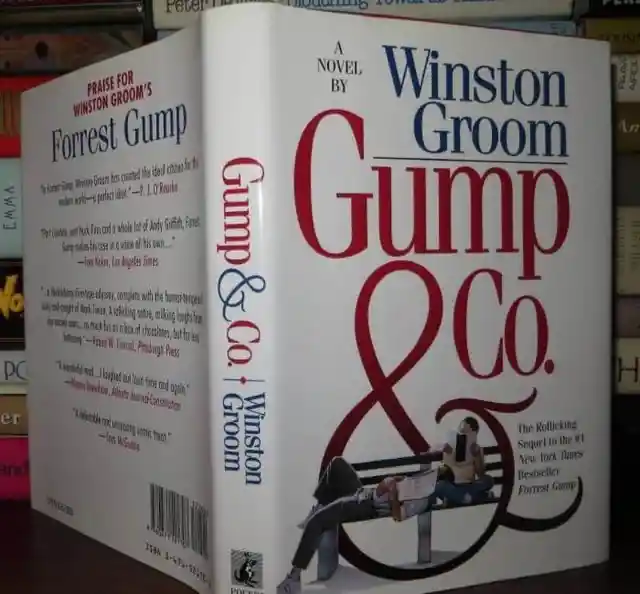
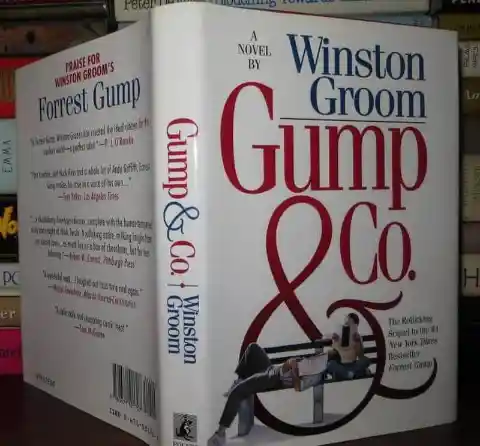
In this novel, Forrest helps develop a New Coke, crashes the Exxon Valdez, helps destroy the Berlin Wall, meets Tom Hanks, and fights in the Operation Desert Storm with an orangutan named Sue.
Gump’s Southern Accent
Tom Hank’s accent was inspired by his younger counterpart.
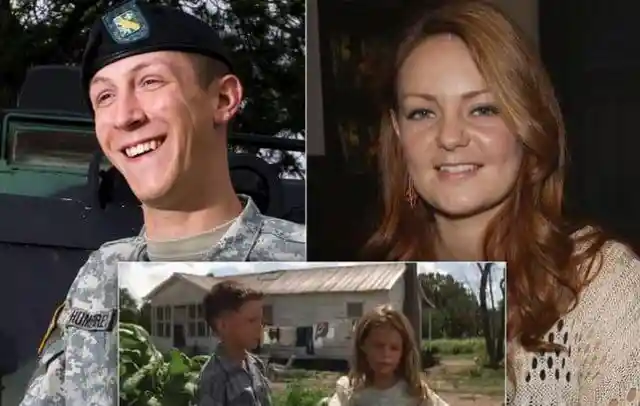
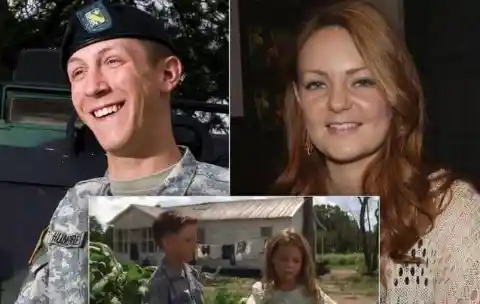
When Hanks had signed on to the film, he initially wanted to ease Forrest's pronounced Southern accent, but he was eventually persuaded by director Robert Zemeckis to portray the heavy accent stressed in the novel and modeled his accent after Michael Conner Humphrey's who actually talked that way.
Another Book vs. Film Discrepancy
It was never specified in the film what Jenny actually died of. But, in the sequel book, "Gump & Co," the author mentions that Jenny dies from Hepatitis C as a former drug addict in the early 70s.
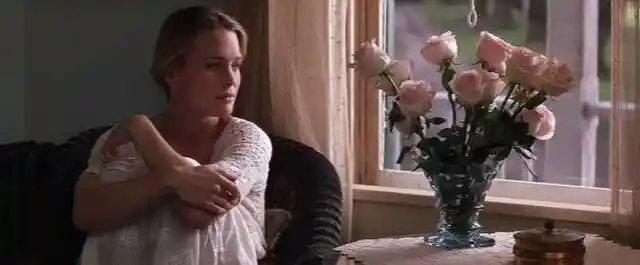
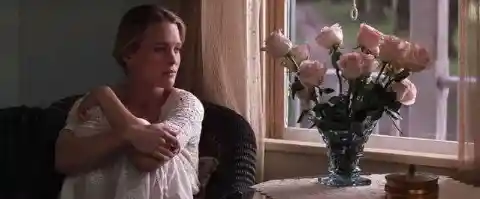
Hepatitis C was an unknown disease up until 1989. She says in the movie that the doctors do not know what the virus is and that they can do nothing about it.
Breaking Stereotypes
Mykelti Williamson okayed Benjamin Buford, or "Bubba" Blue, a friend Forrest meets upon joining the army. Throughout the filming, Williamson wore a lip attachment to create Bubba's protruding lip. After the success of the film, he was mostly offered roles as comedic black characters or in other words, racist stereotypes.
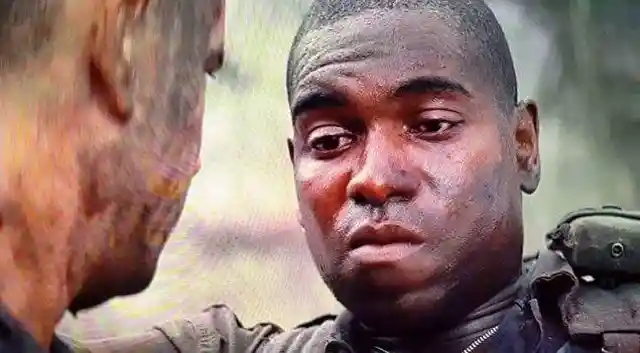
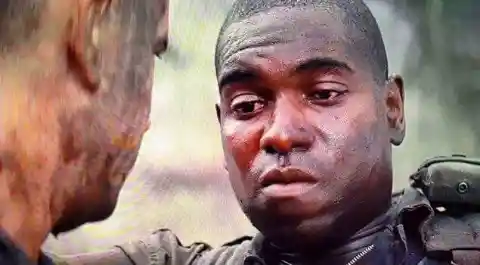
However, when he showed up for casting calls, he was turned down because casting directors had believed his lip in the film had been real. Williamson was eventually able to separate himself from the character and has since seen a successful career in both film and television.
Tupac's Near Miss
Tupac will always be remembered as a legendary hip hop artist, but what many people didn't know was that he was also a successful actor. Before Forrest Gump was released in 1994, Tupac appeared in Juice, Poetic Justice, and Above the Rim.
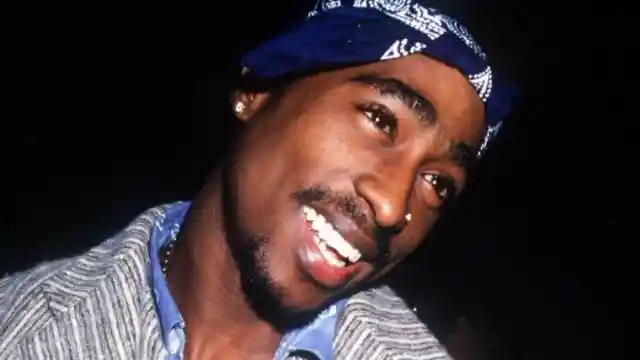
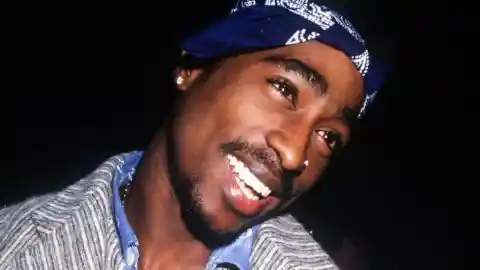
His wife, Keisha Morris, claimed that the two went to see Forrest Gump on their first date. She said, "We went to the Chelsea Movie Theater to see Forrest Gump and then we ate dinner around the corner in an Italian restaurant. He wanted to see the film because he read for the part of Bubba.
Chapelle Could’ve Been Bubba
Some sources say that Dave Chappelle had auditioned for the role of Bubba. However, this is not known by facts. Dave Chappelle once attended the Daily
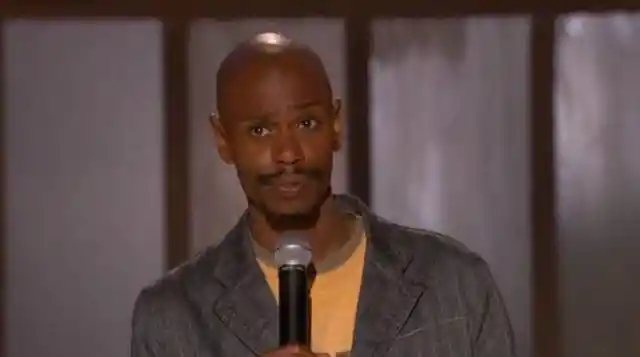
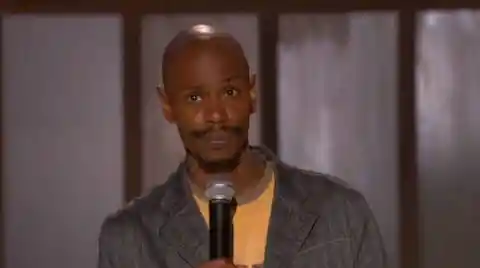
Show in the year 1999 where he said that he was not a fan of the movie because according to him, he could not understand how Forrest Gump could out do him in acting.
Not Made for Acting
Michael Corner Humphreys acted as Forrest Gump at his young age.
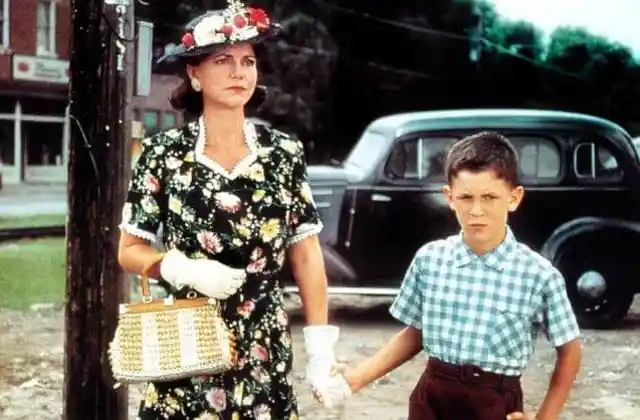
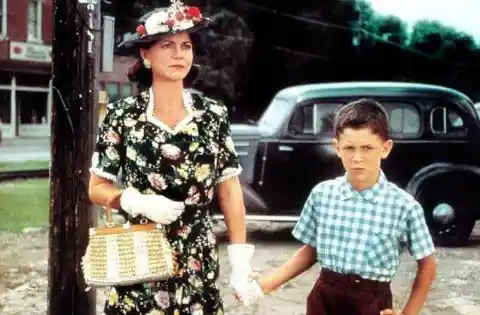
Since he did so well with the performance, it was expected that he would continue with his acting career. However, he instead decided to join the army and leave his career behind.
All-American Soundtrack
According to the Film's director, all the songs that were played in the movie were from American bands.
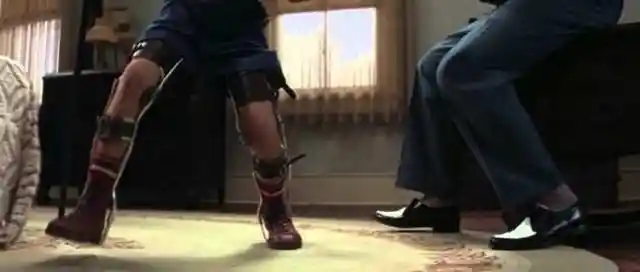
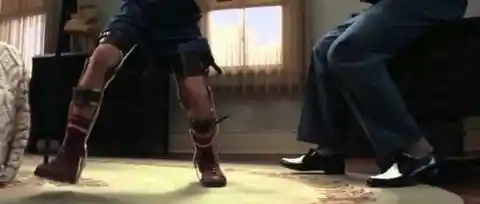
He said that Gump would not have accepted anything that was non-American.
Forrest Defends King
Along with the several CGI scenes of Forrest with historical figures, like John F. Kennedy, and Elvis Presley, there was also a scene shot with Martin Luther King Jr. In this scene, Forrest meets him and his supporters right at the moment where police dogs are set to attack.
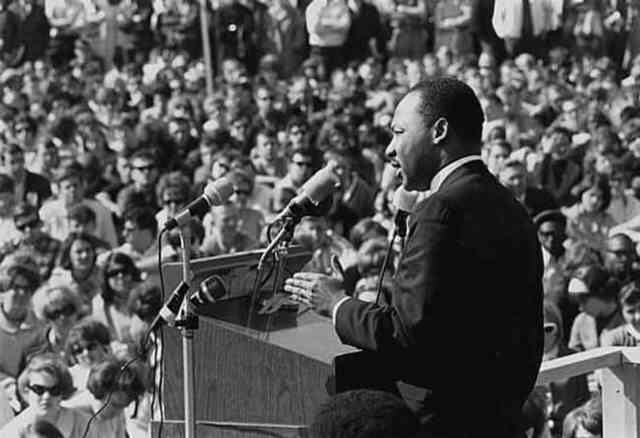
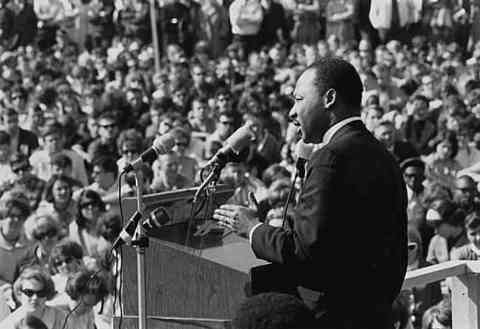
As the German Shepherds run towards MLK, Forrest begins to play fetch with the dogs, which makes them harmless to King and the surrounding supporters. Forrest then says to MLK, "Sorry to interrupt your parade. They just dogs and they don't know any better."
More Than Just A Scene
In the scene where Jenny and Forrest walk around their old homes and properties, they approach Jenny's childhood home.


Jenny's old farm house is abandoned, but it obviously brings back bad memories for her. In a fit of anger, she throws a rock at it and then collapses. Robin Wright is recreating Andrew Wyeth's 1948 painting, Christina's World.
A Very Sacred Relic
The necklace worn by Lieutenant Dan is a rosary with a Saint Christopher medal inscribed, "Protect Us in Combat."
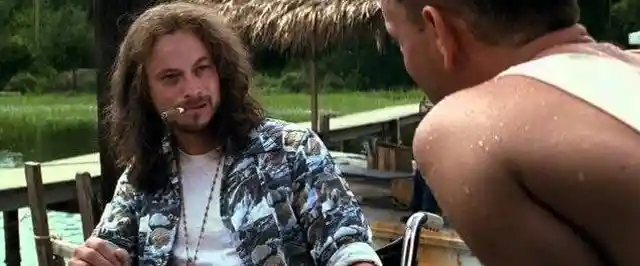
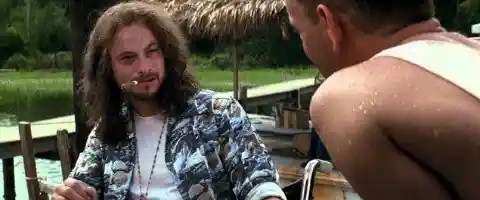
It was worn in Vietnam by Gary Sinise's brother in law, Jack Treese, up until 1968 when he passed.
Built For Forrest
Although the Gump house in the film looked like a real house that had been around for decades, it was actually built for the movie, "hastily and not to code," and was torn down after the shooting ended. The movie itself wasn't even shot in Alabama.
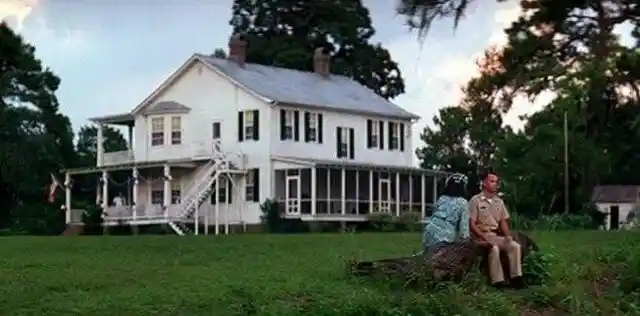
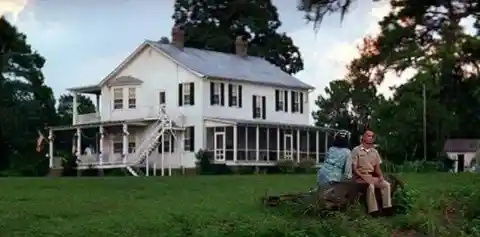
Besides the town square scenes, which were filmed in Savannah, Georgia, most of the movie was actually shot in South Carolina. Both the Gump house and Jenny's farmhouse were built on the Bluff Plantation on the Combahee River between Varnville and Beaufort.
Gump's Global Empire
Forrest and L.T. Dan's Shrimp Emporium, "Bubba Gump Shrimp" themed restaurants, opened after the release of the film.
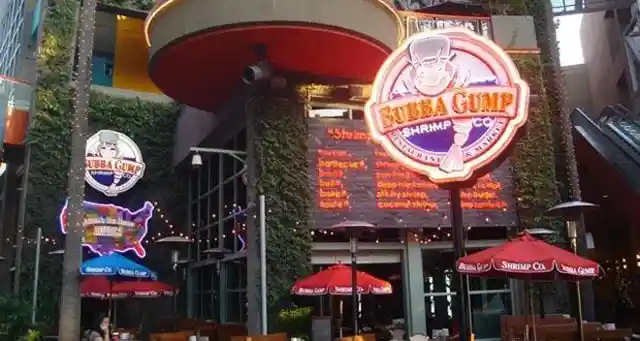
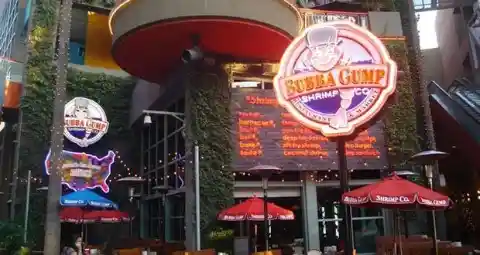
It now has 33 locations around the world in the U.S., Japan, China, Mexico, Malaysia, Philippines, Indonesia, and the United Kingdom. There is also one in Orlando, Florida, at the entrance to the Universal theme parks.
For The Love Of Gump
The original book was written by Winston Groom in 1986. When the book hit the market, only 30,000 copies of the book managed to sell.
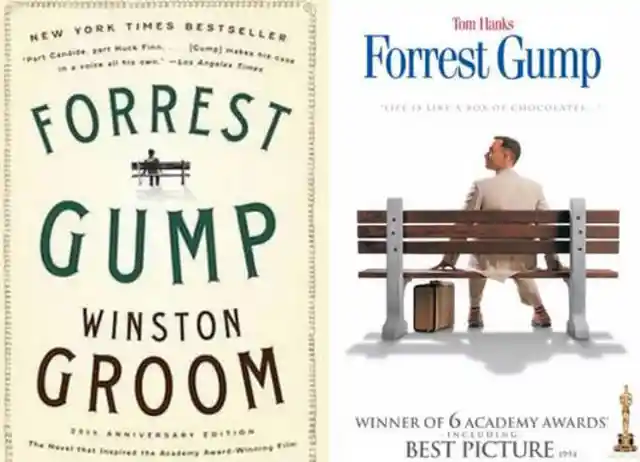
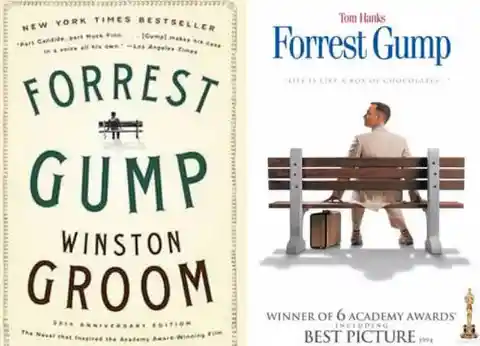
However, after the release of the movie Forrest Gump, 1.6 million books were sold. This is surprising but it clearly shows that the movie got a lot of viewers who enjoyed it and, in return, bought the book.
When Critics Clash
According to statistics completed after the release of the film, there were as many negative critics as there were positive critics.
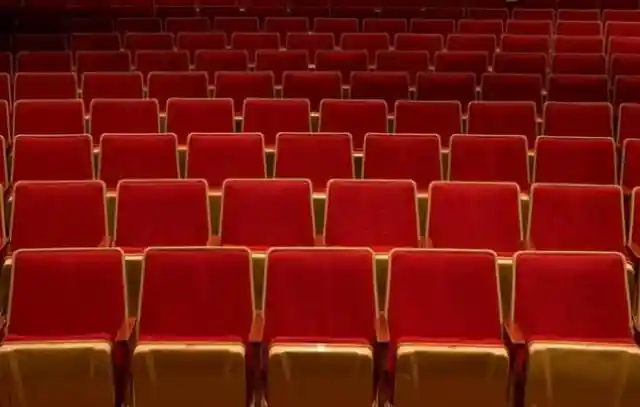
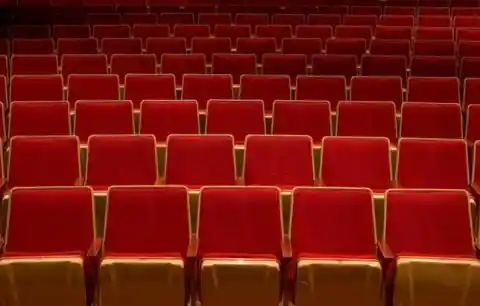
Some people thought it was a great movie and thus gave positive critiques, while others thought it was an outdated movie meant for the aging generation.
The Golden Goose
In the movie, Dan is seen investing Gump’s money into a company, which is apparently Apple. The movie does not tell exactly how much money was invested.
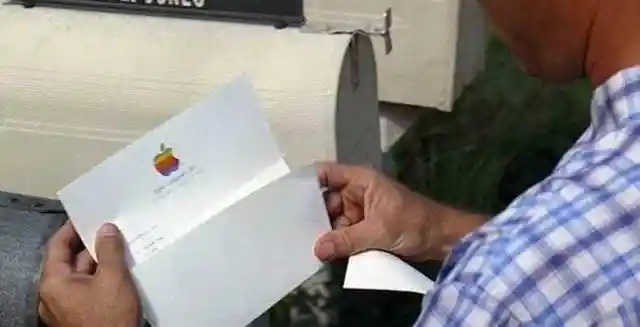
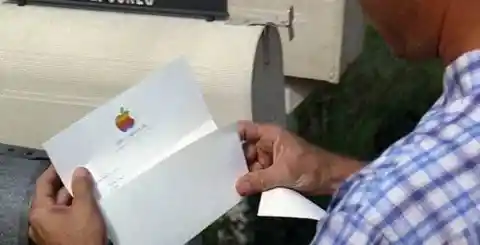
However, if Forrest Gump would have left his investments in Apple Company, the stock would have earned him million of dollars.
The Original Run’s Release
After almost 20 years since Forrest Gump appeared in theaters, Paramount Pictures will be releasing the original director's cut of the movie, complete with the sound of loose change jangling in Forrest Gump's pockets while he runs.
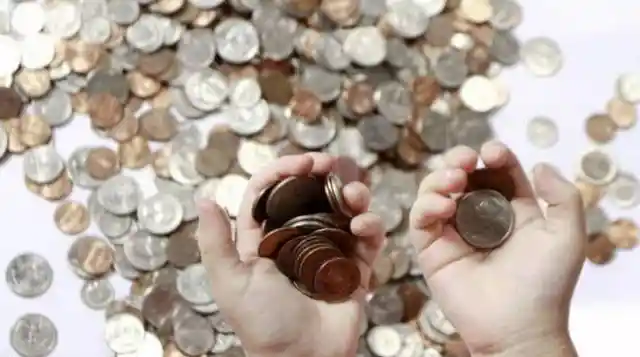
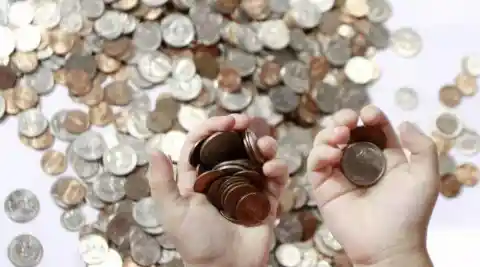
Director Robert Zemeckis has long said that this original cut of Forrest Gump with the sound of the coins is the definitive edition of the film. Unfortunately, the studio recut the movie without his permission prior to it's original theatrical release.
An Ad For Trump?
Basing on some reviews done on the movie, there is a rumor that the movie was initially done as an advertisement for Trump.
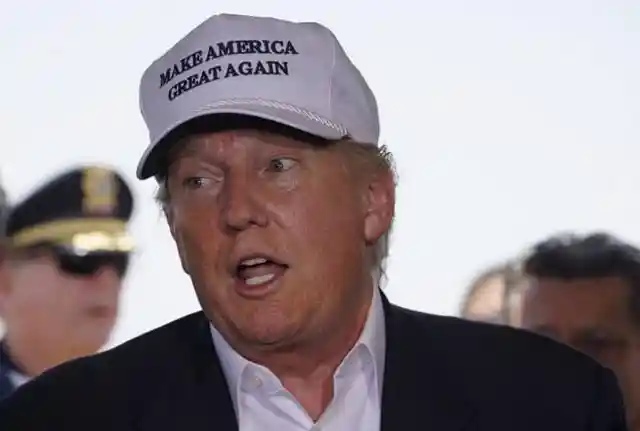
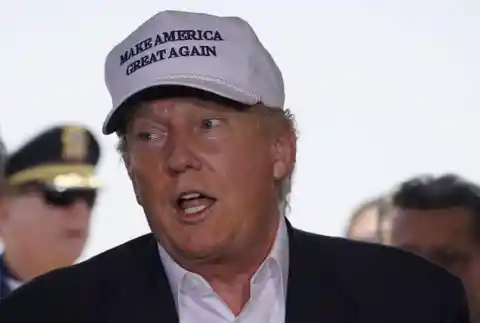
However, when he did not run for the post, the movie was reviewed and edited to look like a movie narrating a story.
The Symbolic, Digitized Feather
The feather seen floating from the beginning of the movie has many different meanings. It was white to show the innocence that Forrest Gump had and his enthusiasm to do anything or achieve anything he wants no matter the difficulties.
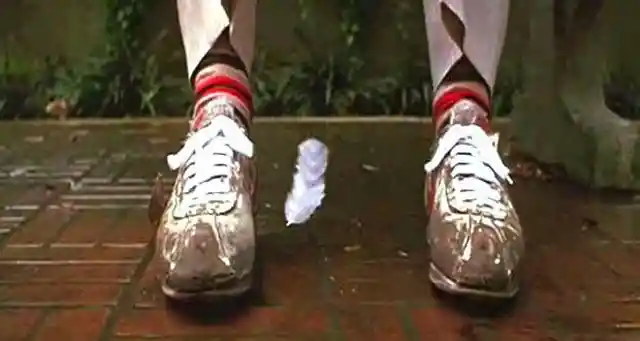
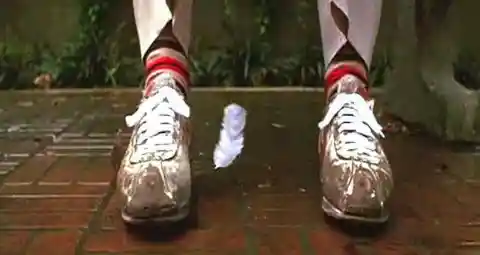
Contrary to popular belief, the feather was not entirely CGI. The effects team digitized film of a real feather blowing and twisting in front of a blue-screen. This was then edited into segments, which the computer morphed together, making this "virtual" feather move however the filmmakers needed. So, the feather was real, but it's performance in the movie was computer-based.